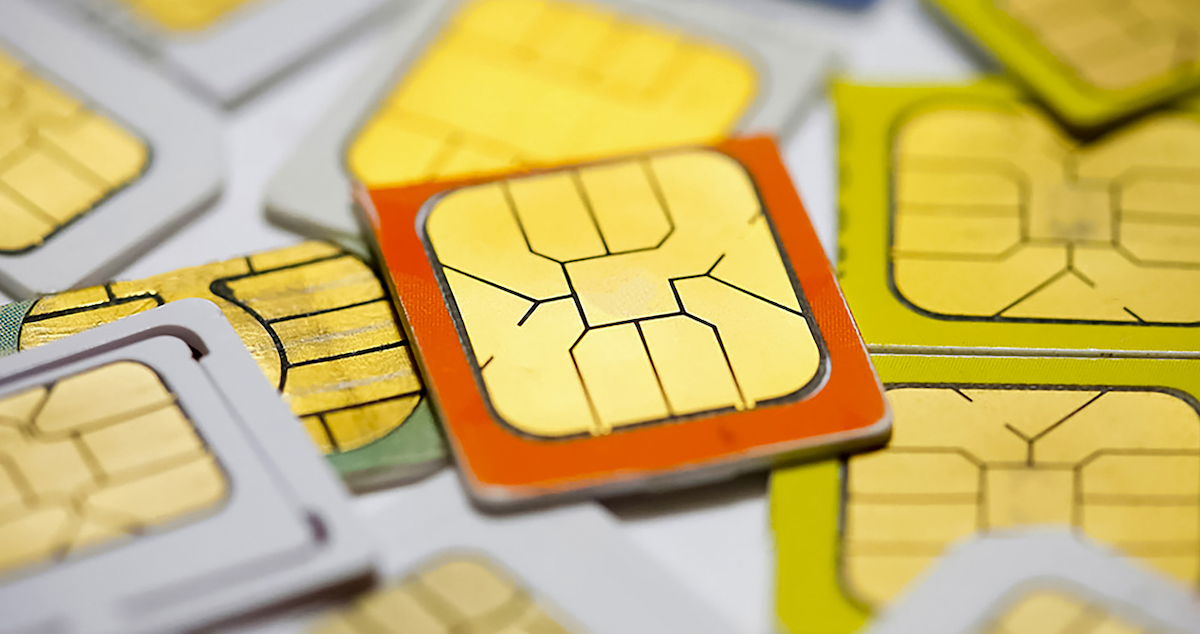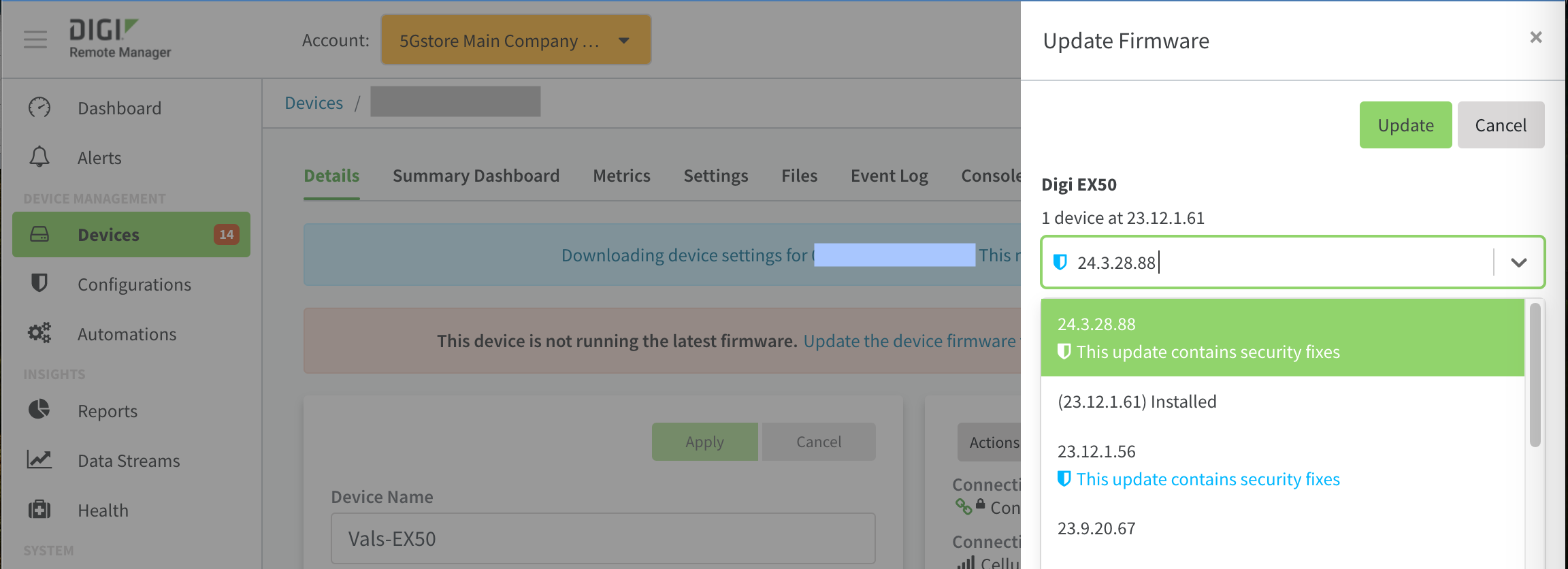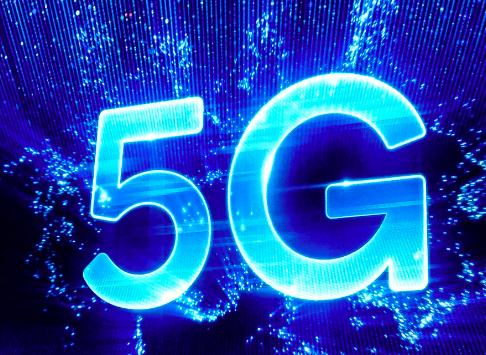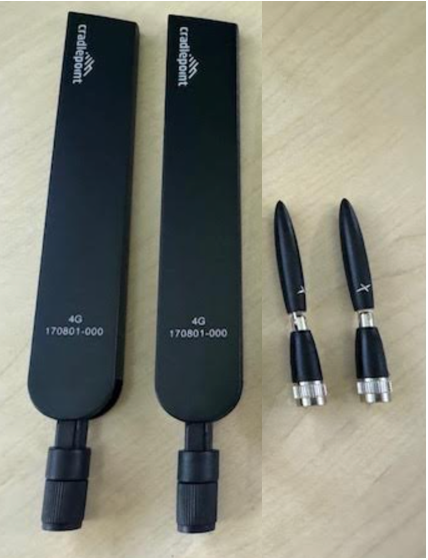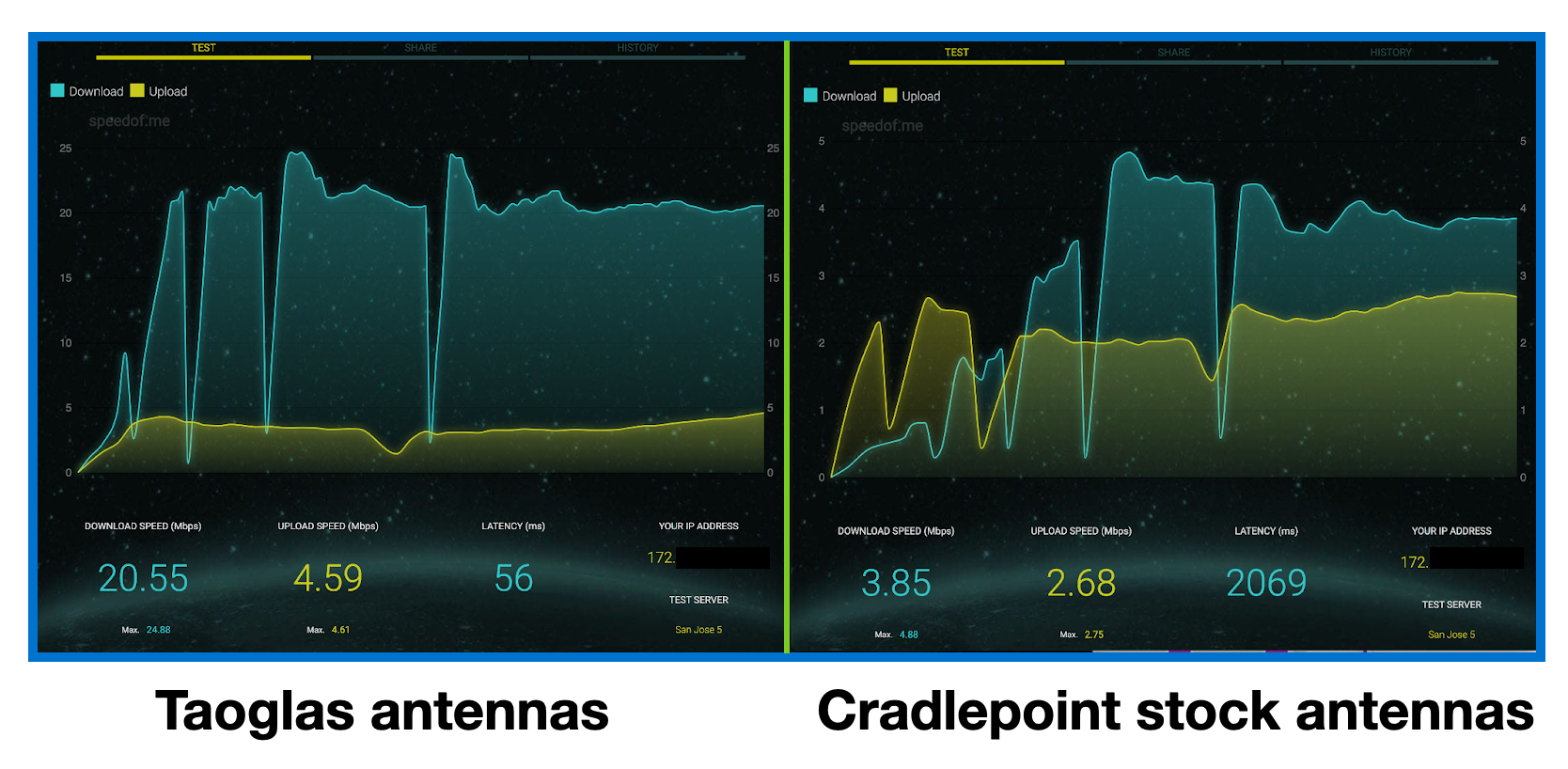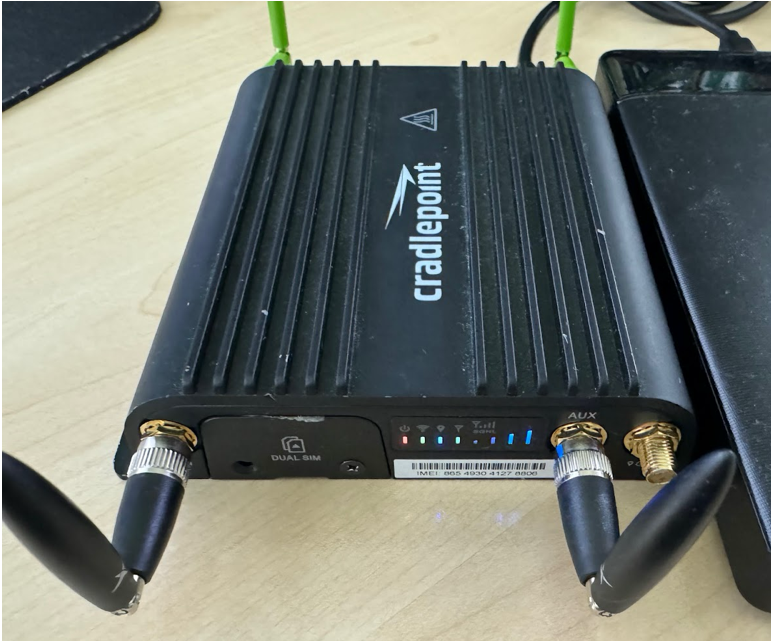Introduction to 5G: The Future of Connectivity
5G is the latest advance in wireless technology, following 4G. It stands for “fifth generation,” and it’s set to change the game for everyone, especially those working remotely. Faster internet, more reliability, and lower lag time mean you can download files, attend video calls, and manage your work without the frustration of a slow connection. Imagine starting a download and it’s done before you even blink. That’s the promise of 5G. It’s not just about speed, though; it’s also about connecting more devices at once without losing quality. So, whether you’re in a busy house or a remote location, 5G is designed to keep you connected, making it a solid foundation for remote work success.

What is a 5G Signal Booster and How Does It Work?
A 5G Signal Booster is a device designed to improve your mobile network connection. Picture this: you’re working remotely in an area where your phone barely gets one bar of 5G signal. Frustrating, right? That’s where a signal booster comes into play. It grabs weak 5G signals from outside, amplifies them, and then broadcasts the stronger signal inside your work area. Essentially, it acts like a middleman, ensuring that your phone and other mobile devices receive a stable and strong connection. This means faster download and upload speeds, smoother video calls, and fewer interruptions during your remote work sessions. Simply put, it takes weak signals, boosts them up, and gives your devices a much-needed connectivity boost.
Top Benefits of Using a 5G Signal Booster for Remote Work
Using a 5G signal booster for remote work? Smart move. Here’s why. First, speed. 5G is fast, like, really fast. With a signal booster, you get to tap into that speed consistently. Say goodbye to buffering during video calls. Second, stability. A booster means your signal stays strong. No more dropped calls or glitchy meetings. Third, coverage. Work from any corner of your house – attic, basement, you name it. Boosters expand the signal reach, so you’re always connected. Lastly, productivity. With fast and stable internet, you can get more work done, attend online meetings without hitches, and say hello to smooth, uninterrupted workdays. A 5G signal booster isn’t just a gadget; it’s your ticket to a seamless remote work experience.
Enhancing Internet Speed and Reliability with a 5G Signal Booster
Boosting your internet with a 5G signal booster means saying goodbye to buffering and hello to lightning-fast downloads. With one of these devices, you ramp up your internet speed significantly. This is not just about speed; reliability gets a major boost too. We’re talking about fewer dropouts and smoother video calls, crucial for remote work where every second and clear communication counts. A 5G signal booster grabs weak signals and turns them into a strong, stable connection. So, whether you’re in a spot where the signal usually struggles or you just need that extra boost for an important video conference, a 5G booster has got your back. This means more work done in less time and less stress about lost connections.
Reducing Dropped Connections: A Key Advantage for Remote Workers
Dropped connections are the worst nightmare for anyone who’s relying on internet access to work remotely. Enter the 5G signal booster, a game-changer for remote workers everywhere. This clever device strengthens your 5G signal, drastically cutting down on those frustrating moments when your video call freezes or your upload takes forever. No more getting cut off during an important meeting or struggling with slow internet speeds. With a 5G signal booster, your connection becomes more reliable, meaning you stay productive and on task. And isn’t that the whole point of working remotely? To work efficiently, without the stress of technical glitches. This makes investing in a 5G signal booster a smart choice for anyone looking to eliminate dropped connections and boost their remote work game.
Boosting Productivity Through Seamless Connectivity
5G signal boosters can seriously ramp up your remote work game by providing ultra-fast internet speeds. This means you can upload, download, and stream without any pesky buffering. Imagine not having to wait for that spinning wheel on your screen every time you try to join a video call or when you’re uploading a large file. With speeds that can leave your current internet connection in the dust, 5G boosters keep your work flowing smoothly, which means you can get more done in less time. Plus, this seamless connectivity reduces frustration and helps you stay focused on your tasks, not on whether your internet connection will drop at a critical moment. So, by ensuring your internet doesn’t slow down your productivity, 5G boosters are an investment in getting your work done faster and more efficiently.
Ensuring Secure Connections for Sensitive Remote Work
When working remotely, especially with sensitive information, a secure connection is non-negotiable. A 5G signal booster does more than just speed up your internet. It strengthens the signal reception, reducing the chances of losing connection at critical moments. This is crucial when handling sensitive data or when in the middle of important virtual meetings. With a stable and enhanced signal, your data encryption tools work more effectively, providing an extra layer of security. Plus, strong signal strength means your VPN won’t constantly disconnect, maintaining a secure gateway to your organization’s network. Simply put, a 5G signal booster keeps your remote work secure, uninterrupted, and efficient.
How to Choose the Right 5G Signal Booster for Your Needs
Choosing the right 5G signal booster is not as tough as you might think. First, consider the strength of the existing 5G signal in your area. If you barely get a bar, you need a stronger booster. Next, think about how much space you need to cover. A small home office? Or several floors? Boosters have different coverage capabilities, so pick what matches your need. Also, consider the external antenna type. Those living in urban areas might do well with an omnidirectional antenna; rural dwellers might need a directional antenna to catch distant signals. Finally, don’t forget compatibility. Ensure the booster works with your carrier’s 5G frequency. Not all boosters work with every network, so double-check this. With these points in mind, you’re set to boost your remote work success with the right 5G signal booster.
Installation Tips: Maximizing Your 5G Signal Booster’s Performance
When you’re setting up your 5G signal booster for remote work, location is everything. First, find the spot in your home where you get the best cellular signal. Use your phone to identify this area; you’re looking for maximum bars. Once you’ve found it, that’s where your booster’s outdoor antenna should go. Next, ensure there’s enough distance between the outdoor antenna and the indoor antenna. This prevents signal feedback, which can diminish the booster’s effectiveness. Aim for at least 20 feet vertically or 50 feet horizontally but check your booster’s manual for specific recommendations. Also, keep the indoor antenna away from clutter and metal objects that can interfere with the signal. In simpler terms, clear space equals clearer signal. Last but not least, regularly check and maintain your setup. Sometimes, adjusting the direction of the antennas can significantly improve your signal strength. Remember, even small changes in positioning can lead to big improvements in performance.
Summary: Why a 5G Signal Booster is Essential for Remote Work Success
Let’s keep it simple. In today’s world, where remote work is not just a trend but a necessity for many, having fast and reliable internet is crucial. That’s where a 5G signal booster comes into play. First off, it cranks up your internet speed. Period. You’re looking at smoother video calls, fast file downloads, and no more yelling at your screen because a page won’t load. Secondly, this gadget boosts signal strength. This means even if you’re in a spot where your phone struggles to find a bar, with a 5G booster, you’re connected. Strong signal, less stress. Lastly, it’s a tool for reliability. Ever been in the middle of an important call or presentation and your internet decides to take a nap? A signal booster reduces those moments, keeping your connection stable. So, to wrap up, for anyone working remotely, a 5G signal booster isn’t just nice to have; it’s essential. It makes your work life smoother, reliable, and yes, less frustrating.




